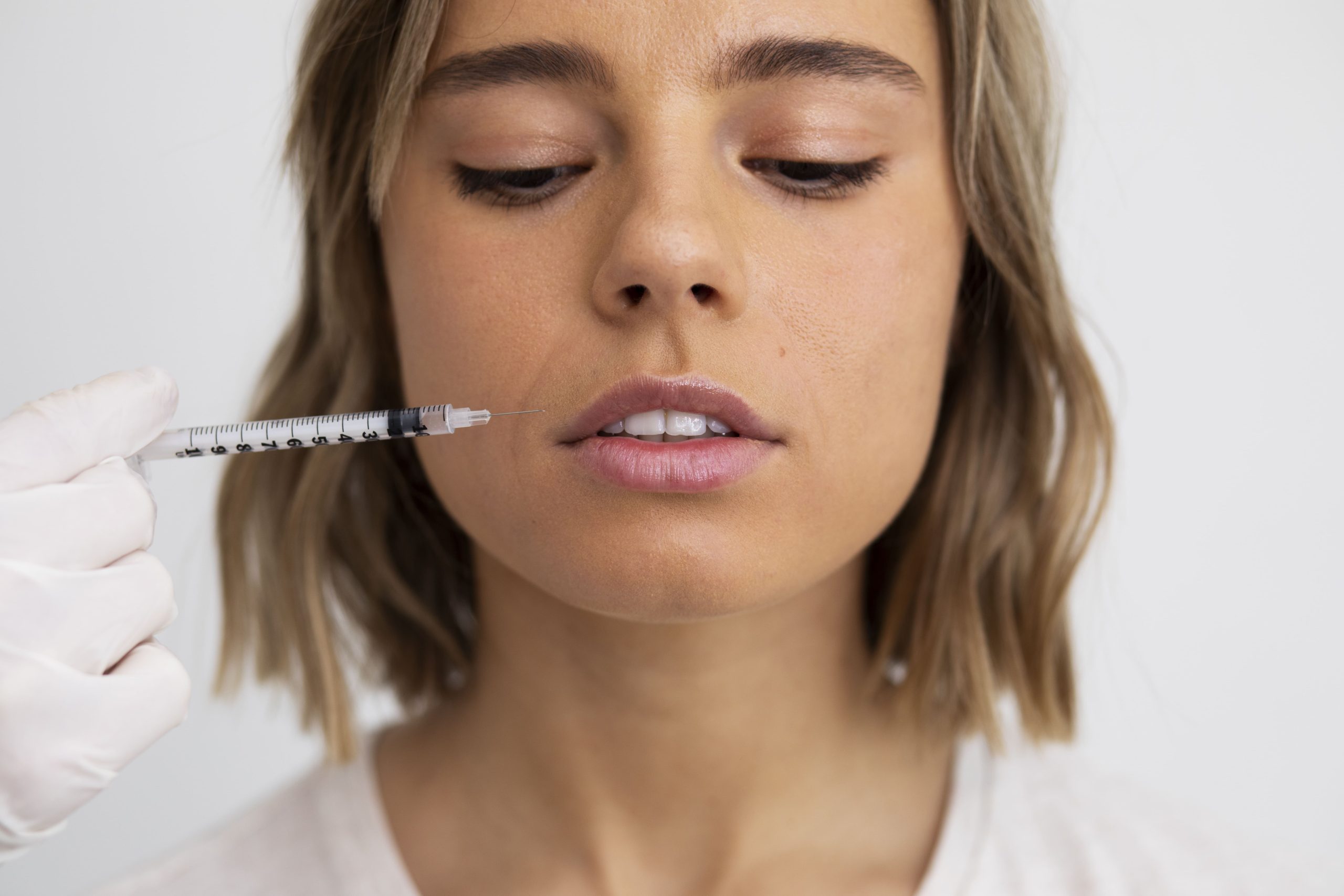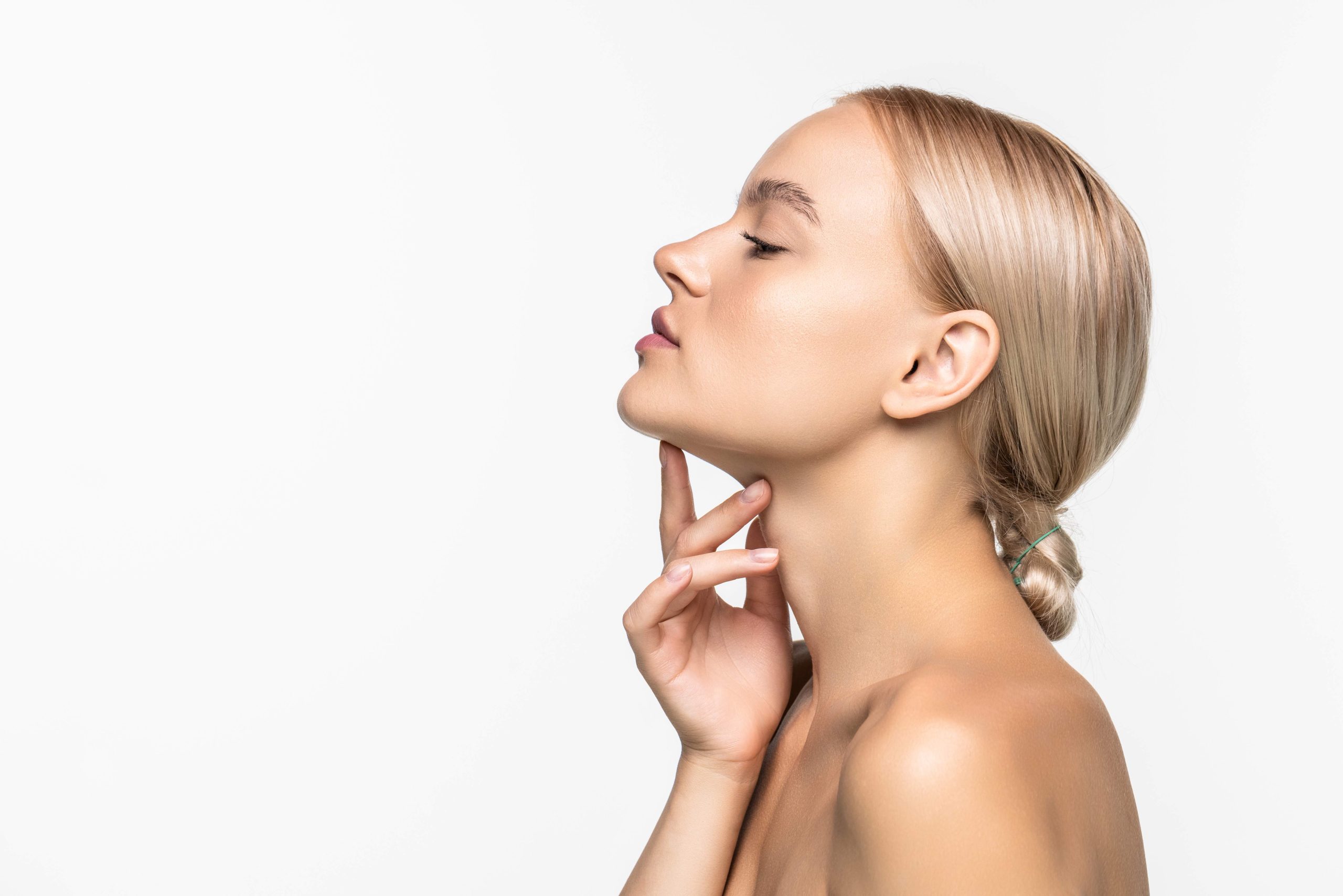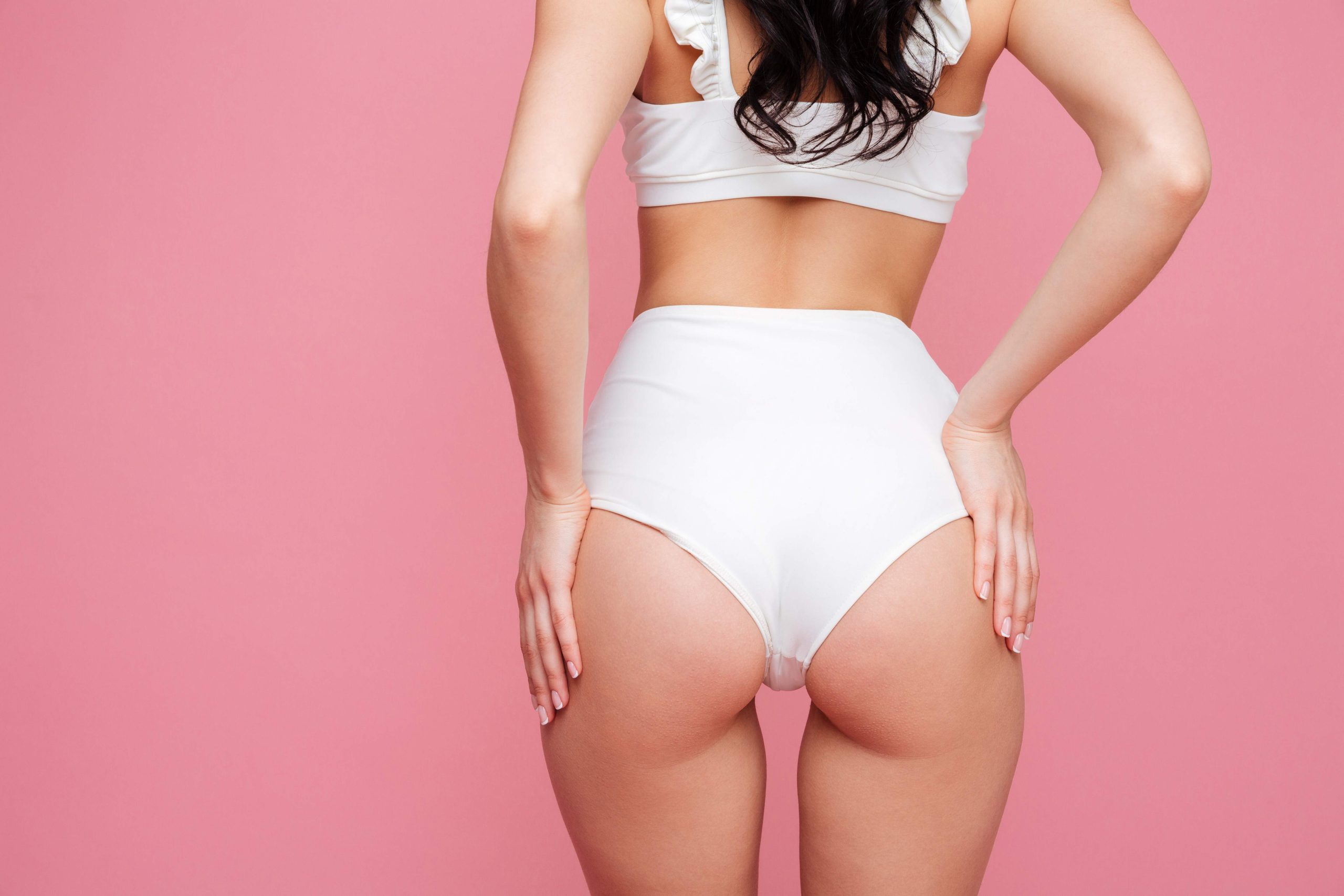Radiesse or Juvederm? Which One Should You Use for Facial Contouring?

Facial contouring is more than just adding volume – it’s about sculpting definition, correcting asymmetries, and enhancing structure. Achieving those goals requires the right product, precise technique, and a deep understanding of dermal filler properties. Among the most commonly used injectables in aesthetic medicine, Radiesse and Juvederm stand out as two popular treatment options.
In this article, we’ll compare Radiesse vs Juvederm in the context of facial contouring, breaking down where each filler excels and when to choose one over the other.
Why Facial Contouring Requires the Right Product
Facial contouring aims to create structural harmony, lift sagging areas, and restore youthful proportions. But not all fillers are created equal – the rheology (viscosity, elasticity, cohesivity) and composition of a product determine how it behaves once injected.
The goals of facial contouring typically include lift, definition, balance, and structural support, especially in key areas like the cheeks, chin, jawline, temples, and occasionally the under-eyes. A soft, hydration-focused filler won’t deliver the firm, angular support needed for jawline sculpting, which is why understanding the unique properties of each product is essential. Choosing between Radiesse and Juvederm starts with knowing what each one brings to the table.
Radiesse Overview
Radiesse is a high-density, biostimulatory dermal filler composed of calcium hydroxylapatite (CaHA) microspheres suspended in a gel carrier. It offers immediate structure and promotes long-term improvement through collagen stimulation.
Radiesse filler is best used for:
- Jawline contouring
- Chin augmentation
- Lower face definition
- Hand rejuvenation
To learn more about Radiesse and how it works, read our What is Radiesse article here.
Juvederm Overview
Juvederm is a family of hyaluronic acid-based fillers known for versatility, smoothness, and reversibility. It includes products of varying densities tailored to specific facial areas.
Juvederm is best used for:
- Cheek enhancement
- Tear trough correction
- Lip augmentation
- Nasolabial folds
Its flexibility makes Juvederm the go-to for patients seeking natural enhancement with the option of reversibility. Learn more about the before and after results following Juvederm treatments here.

When to Use Radiesse vs Juvederm
Radiesse and Juvederm are both effective dermal fillers, but they serve different purposes based on their composition and performance. Understanding when to use each one can help achieve the best aesthetic outcome for specific facial areas and patient goals.
Use Radiesse When:
- Structural support is needed (jawline, chin)
- Collagen stimulation is desired for long-term firmness
- Patient wants longer-lasting results with fewer touch-ups
- Treating lower face laxity or age-related volume loss
Use Juvederm When:
- Treating delicate areas like lips or tear troughs
- Midface volume restoration is the main goal
- Reversibility is important to the patient
- A softer, more blended result is needed
For many advanced treatments, combining both fillers offers the best of both worlds. For example, Voluma in the cheeks and Radiesse along the jawline can deliver a balanced lift with defined angles.
Side-by-Side Comparison: Radiesse vs Juvederm
Explore our side-by-side comparison of Radiesse and Juvederm to get a better understanding of their key differences and determine which filler is best suited for your patients’ needs.
| Feature | Radiesse | Juvederm |
| Main Ingredient | Calcium Hydroxylapatite (CaHA) | Hyaluronic Acid (HA) |
| Onset of Results | Immediate + gradual | Immediate |
| Longevity | 12-18 months | 6 months to 1 year |
| G’ (Firmness) | High – strong lift, structural support | Varies – moderate to soft, depending on type |
| Reversibility | No | Yes (with hyaluronidase) |
| Collagen Stimulation | Yes | No |
Practical Tips for Product Selection
Before deciding between Radiesse and Juvederm, it’s essential to follow a few key steps to ensure the best outcome. Here’s what to consider when evaluating your patient and guiding them toward the most suitable treatment for their concerns:
- Assess anatomy first – Thicker skin or bone-dominant areas benefit from Radiesse; delicate or mobile regions are better suited to Juvederm.
- Consider their age – Mature skin may benefit from Radiesse’s collagen-stimulating properties.
- Use both products strategically – Combination treatments (e.g., Voluma for cheeks + Radiesse for jawline) offer tailored results.
- Injector experience matters – Off-label use of Radiesse (e.g., temples or midface) should be performed only by advanced practitioners familiar with facial anatomy.
Looking to add Radiesse to your clinic? You can buy Radiesse online from trusted aesthetic suppliers like Best Buy Fillers shop.
FAQ: Radiesse vs Juvederm
If you’re new to filler selection or unsure which product is right for your goals, here are answers to the most common questions about these two popular injectables.
What is the main difference between Radiesse and Juvederm?
Radiesse is a collagen-stimulating filler made of calcium microspheres, while Juvederm is a hyaluronic acid-based filler known for its reversibility and soft texture.
Is Radiesse better than Juvederm for the jawline?
Yes, in most cases. Radiesse’s density and lifting power make it ideal for defining the jawline and building out the chin.
Can Radiesse and Juvederm be used together?
Yes. Many practitioners use both in the same treatment session to contour different areas of the face with precision and longevity.
Conclusion
When it comes to facial contouring, both Radiesse and Juvederm offer unique benefits. What matters most is choosing the right tool for the job. Radiesse provides structure and collagen stimulation for long-term definition, while Juvederm delivers soft, reversible volume with precision. Injectors who understand the strengths of each product can craft highly personalized treatment plans for optimal patient outcomes.
References
Hyers, M., Leach, J., & Dayan, S. H. (2024). Calcium Hydroxylapatite in Aesthetic Medicine: Review and Clinical Recommendations for Safe and Effective Use. Aesthetic Surgery Journal, 44(1), NP1–NP9. PubMed https://pubmed.ncbi.nlm.nih.gov/38541911/
Sattler, G., Callan, P., & Kerscher, M. (2021). Calcium Hydroxylapatite: An Effective Treatment for Age-Related Volume Loss in the Lower Face. Clinical, Cosmetic and Investigational Dermatology, 14, 1171–1179. PubMed https://pubmed.ncbi.nlm.nih.gov/24641600/
Continue reading

Radiesse vs Sculptra: Which Collagen-Stimulating Filler Is Better?
As the popularity of natural beauty trends, like the no-makeup makeup look, continues to rise, the demand for subtle, long-lasting enhancements has reshaped the filler industry as well. More patients are turning to treatments that enhance their features while correcting concerns like uneven texture or volume loss, all without compromising…
Read More
Non-Surgical Jaw Definition: Radiesse Jaw Before and After Transformation
In the age of defined features and sculpted profiles, jawline contouring has become one of the most in-demand aesthetic procedures among both male and female patients. But not everyone is ready for surgery or permanent changes. That’s where non-surgical options like Radiesse jawline enhancement come in, offering a high-impact transformation…
Read More
Radiesse BBL Before and After: Non-Surgical Results That Impress
As more patients seek alternatives to traditional plastic surgery, the Radiesse BBL has emerged as a powerful, non-surgical option for enhancing buttock shape and volume, as well as improving skin texture and addressing imperfections such as cellulite. Unlike fat grafting or implants, this treatment utilizes Radiesse, a biostimulatory dermal filler,…
Read More